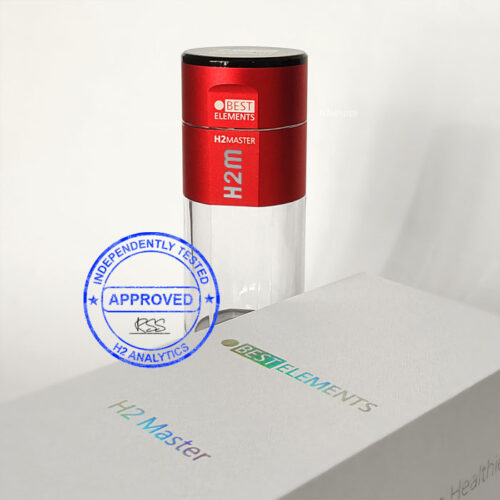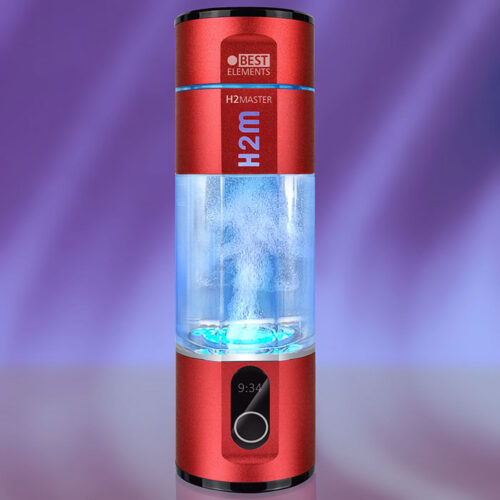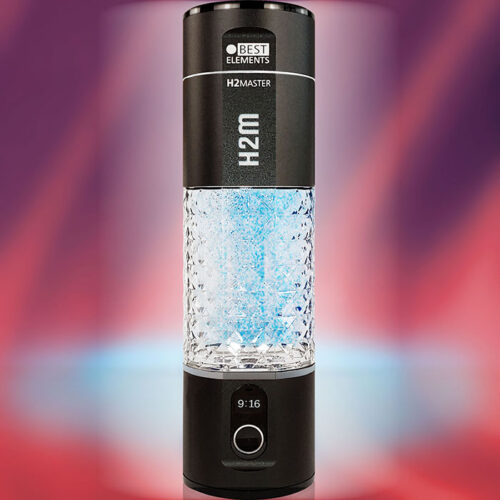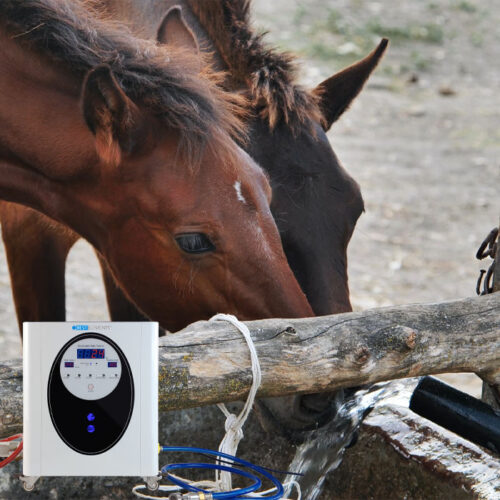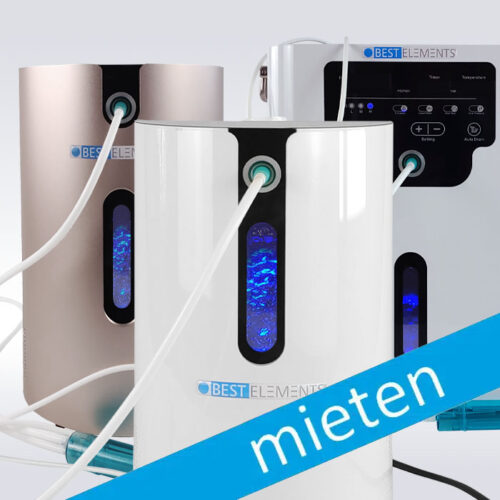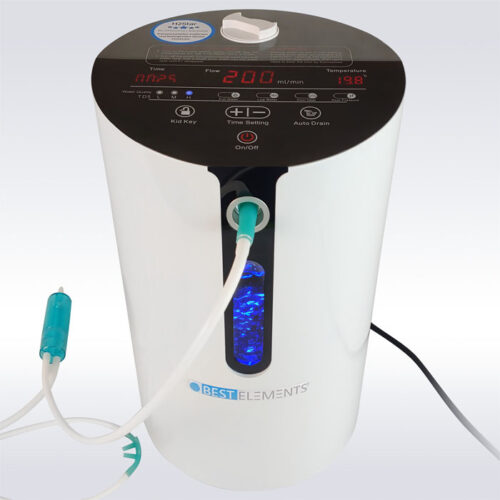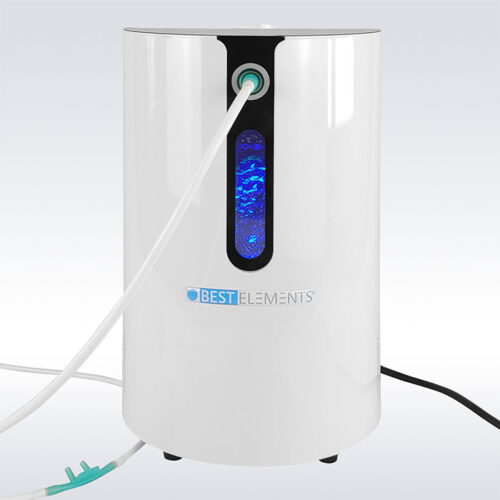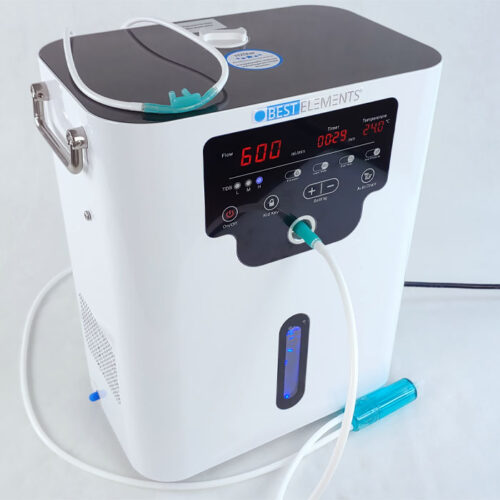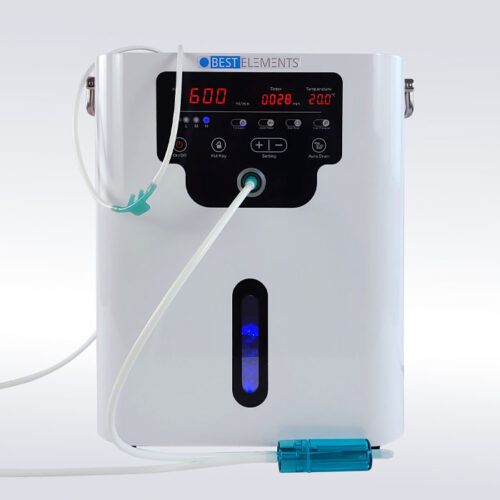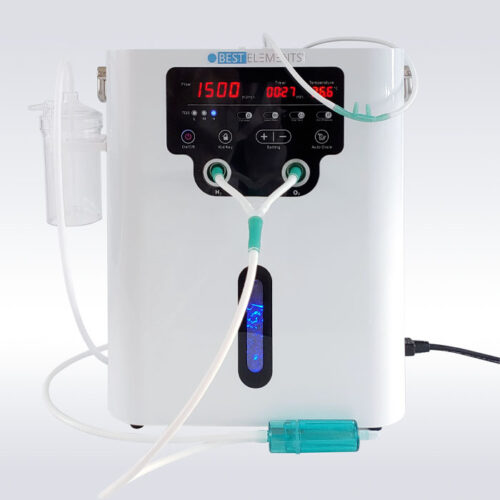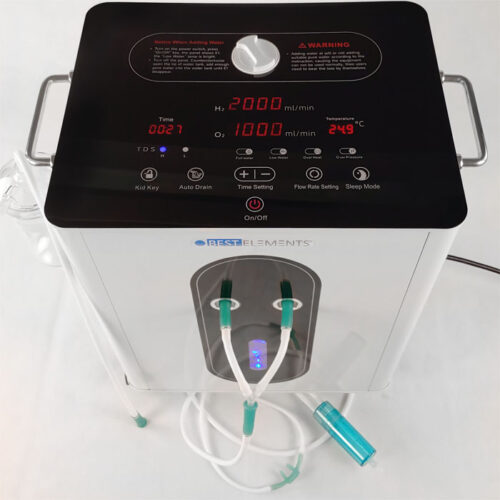Combining physiotherapy with hydrogen application
The combination of physiotherapy and hydrogen applications – both in the form of hydrogen inhalation and hydrogen-rich drinking water – opens up new possibilities in the rehabilitation and regeneration of patients. Hydrogen, known for its strong antioxidant and anti-inflammatory properties, can usefully complement physiotherapy treatments and accelerate recovery. Here are some ways in which these two approaches can be combined:
Combination in specific applications
- Postoperative rehabilitation: After surgical procedures, hydrogen inhalation and hydrogen-rich water can help reduce postoperative inflammation and pain, facilitating physical therapy.
- Chronic diseases: For conditions such as fibromyalgia, osteoarthritis or rheumatism, the combination of hydrogen therapy and physical therapy can reduce inflammation, relieve pain and improve mobility.
- Sports rehabilitation: Athletes recovering from injuries benefit from the combination of both methods to reduce muscle fatigue, accelerate regeneration and improve performance.
Physical therapy and physical therapy are often used interchangeably, but there are subtle differences between the two terms that are due to historical development and linguistic usage. In both areas, hydrogen application can be successfully integrated.
Gymnastics
Gymnastics is a sub-area of physiotherapy and refers specifically to active and passive movement exercises that aim to restore or improve physical functionality. It is often used in rehabilitation after injuries, operations or chronic illnesses.
The main goal of physiotherapy is to restore mobility and train muscle groups. Patients learn movement sequences that improve mobility, flexibility and strength through targeted exercises and thus relieve symptoms. Physical therapy focuses on:
- Movement training
- Muscle strengthening
- Stretching exercises
- Balance exercises
- Coordination exercises
- Mobilization of joints
Main differences
- Scope: Physiotherapy is a broader term that includes various therapeutic measures, while physical therapy focuses specifically on movement exercises.
- Treatment methods: Physiotherapy includes both active and passive treatment techniques, while physical therapy is based almost exclusively on active exercises to promote movement and mobility.
- History: The term “gymnastics” was the common term for physiotherapeutic treatments in Germany for a long time, but was gradually replaced by the internationally used term “physiotherapy”.
While physical therapy is an essential part of physical therapy, physical therapy covers a broader range of treatments. Both terms aim to improve mobility and health, but physical therapy also offers passive techniques that go beyond pure movement training.
Conclusion:
Powerful hydrogen generators for everyday use overview
Mobile hydrogen boosters with high performance values for better personal performance
The following powerful hydrogen boosters, hydrogen filters for hydrogen-rich drinking water and hydrogen inhalers for inhaling hydrogen are very suitable for everyday use, they are certified and reliably supply our body cells with this valuable elixir of life.











